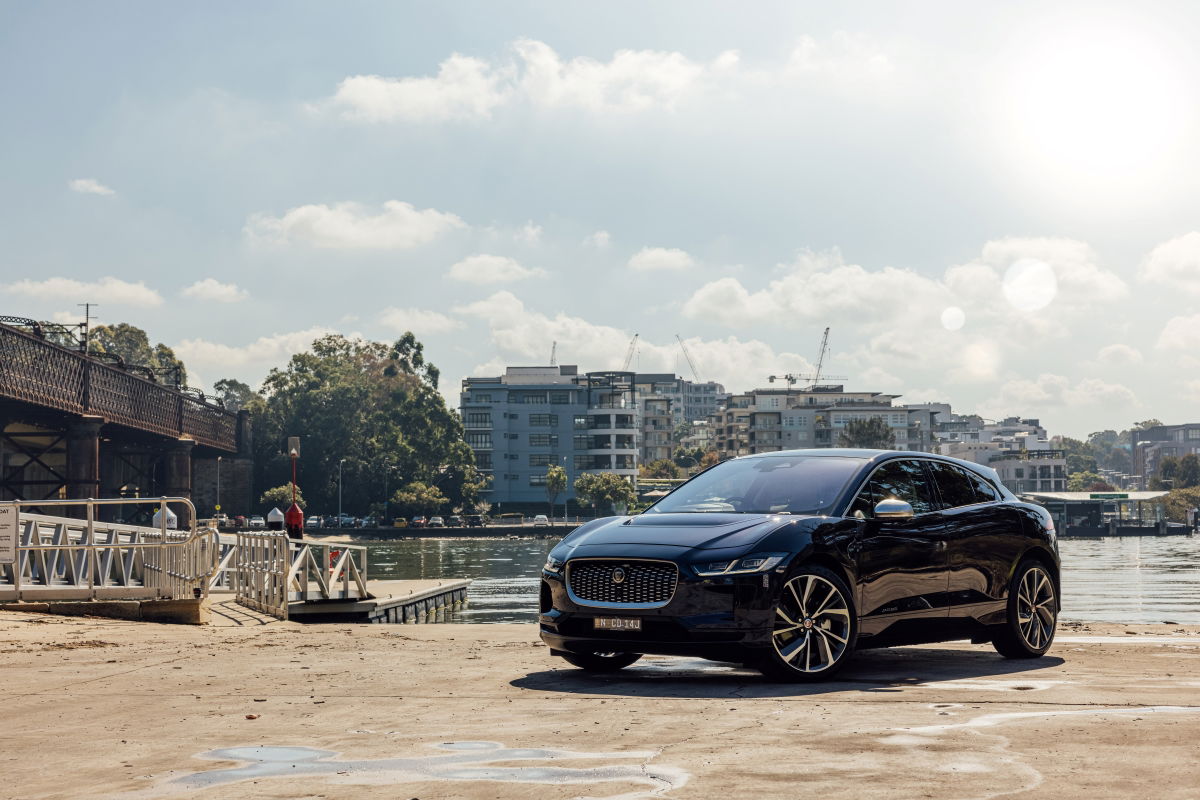
What is it?
Is it a sedan? Is it an SUV? Is it a crossover? It it a four-door coupe? Nobody quite knows – and that’s the idea.
The all-electric I-Pace is designed to blend all those things, making it one of the bravest vehicles of recent times. As massive car manufacturers such as Toyota take baby steps into an electric age, Jaguar held its nose and dived straight in, headfirst, with the I-Pace in 2018. Respect.
It also previews the future of Jaguar, a brand that intends to do away with all existing combustion models – and the I-Pace – and sell only EVs from 2025. Partnering with Chinese manufacturer Chery, as Jaguar intends to, is probably a good thing, given China is the leading nation for electric vehicles at present. Although we’re coy on Jaguar’s plans to position itself more upmarket – even more luxe than Audi, BMW and Mercedes-Benz, with presumably the pricing strategy to match.
READ MORE: Why Jaguar and Land Rover are radically changing
There are only two I-Pace variants on-sale in Australia – the SE, and the HSE. Both are dual-motor. The car we’re testing today is the range-topping R-Dynamic HSE EV400 in the satin finish Eiger Grey, which looks terrific to our eyes, especially on its 22-inch wheels.
Does it have any racing pedigree?
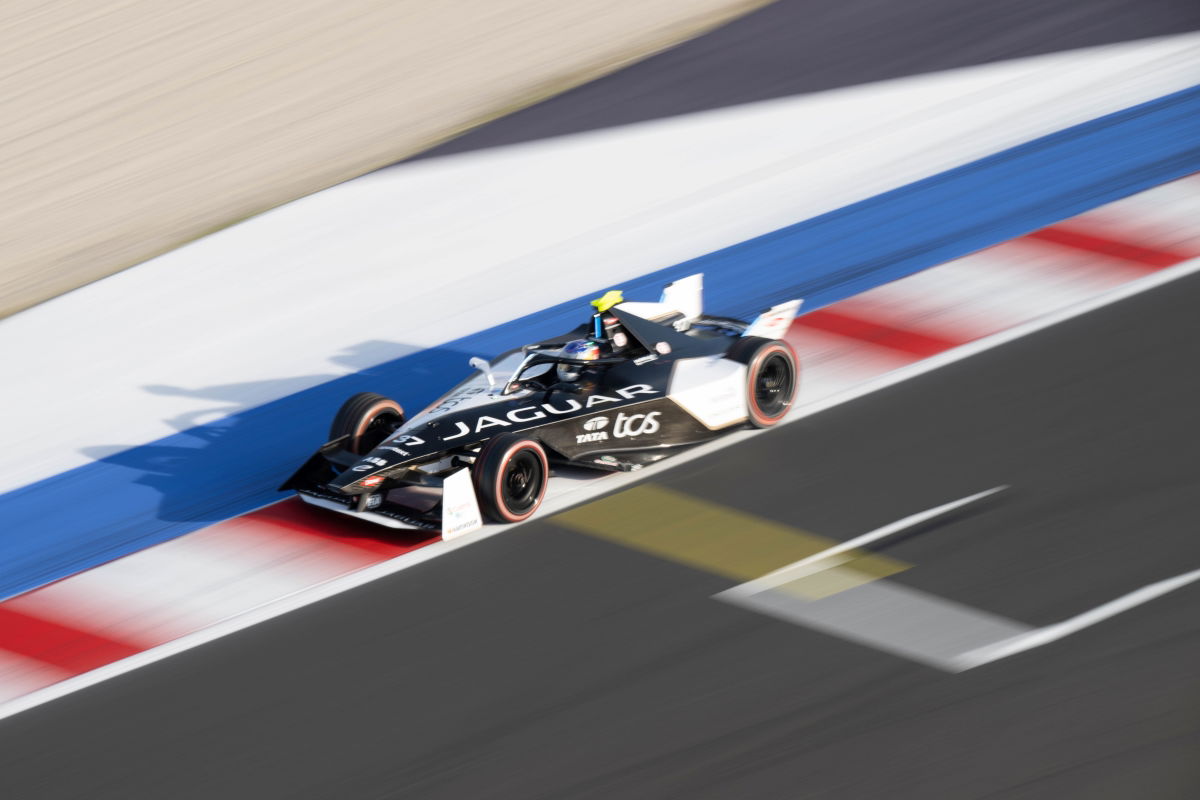
A surprising amount, actually.
As a brand, Jaguar, of course, has plenty of racing pedigree – a lot of it very successful – from Le Mans to F1 and touring cars. In Australia, the first four Australian Touring Car Champions all drove Jaguars – David McKay (1960), Bill Pitt (1961) and Bob Jane (1962, 1962). They were in either Mark 1s or Mark 2s. A Jaguar XJ-S won Bathurst in 1985 (with John Goss and Admin Hahne) and who could forget the visual of Tom Walkinshaw roaring up Mountain Straight in his V12 XJ-S to pole position that same year.
READ MORE: How racing is shaping Jaguar’s future
Away from burnt hydrocarbons, Jaguar has competed in the electric-only Formula E since 2016 and with its Jaguar TCS Racing, campaigns a two-car team at present with Kiwis Mitch Evans and Nick Cassidy. As we wrote this, they were leading the teams’ championship.
Most curiously however is Jaguar created a one-make series of I-Paces which ran for two seasons, supporting Formula E races, from 2018 to 2020 (before that thing happened). It’s since concluded.
What’s under the bonnet?
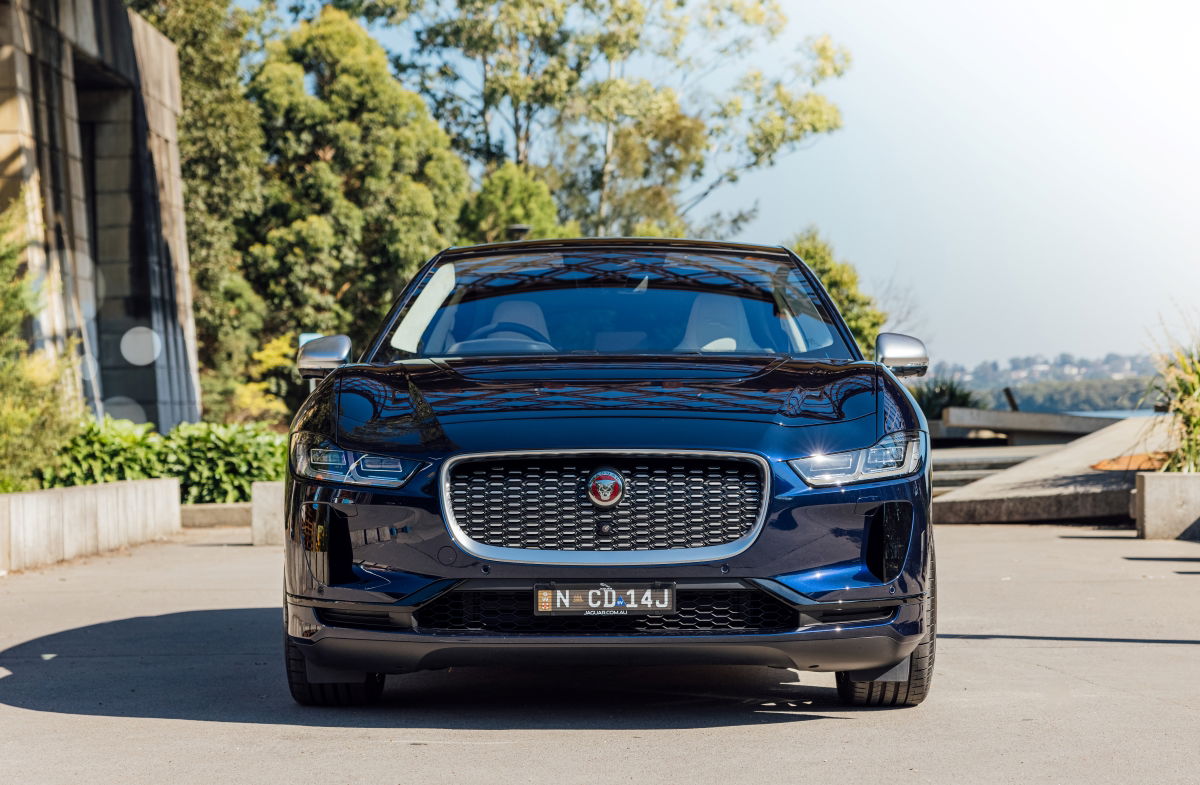
Dual electric motors power the I-Pace, giving it all-wheel-drive – but also 294kW and 696Nm. That’s somewhat blunted by its 2133kg kerb weight, but 0-100km/h still takes just 4.8 seconds (claimed). The 0-50km/h time, however, would be in Porsche 911 Turbo S territory we reckon – this thing punches hard.
An 84.7kWh (useable) lithium-ion battery provides up to 446km of range, claims Jaguar. In our own real-world testing, with efficiency of 23.3kWh/100km (nothing special), it was more like 370km. The I-Pace can accept a maximum 104kW on a DC fast-charger.
How does it handle?
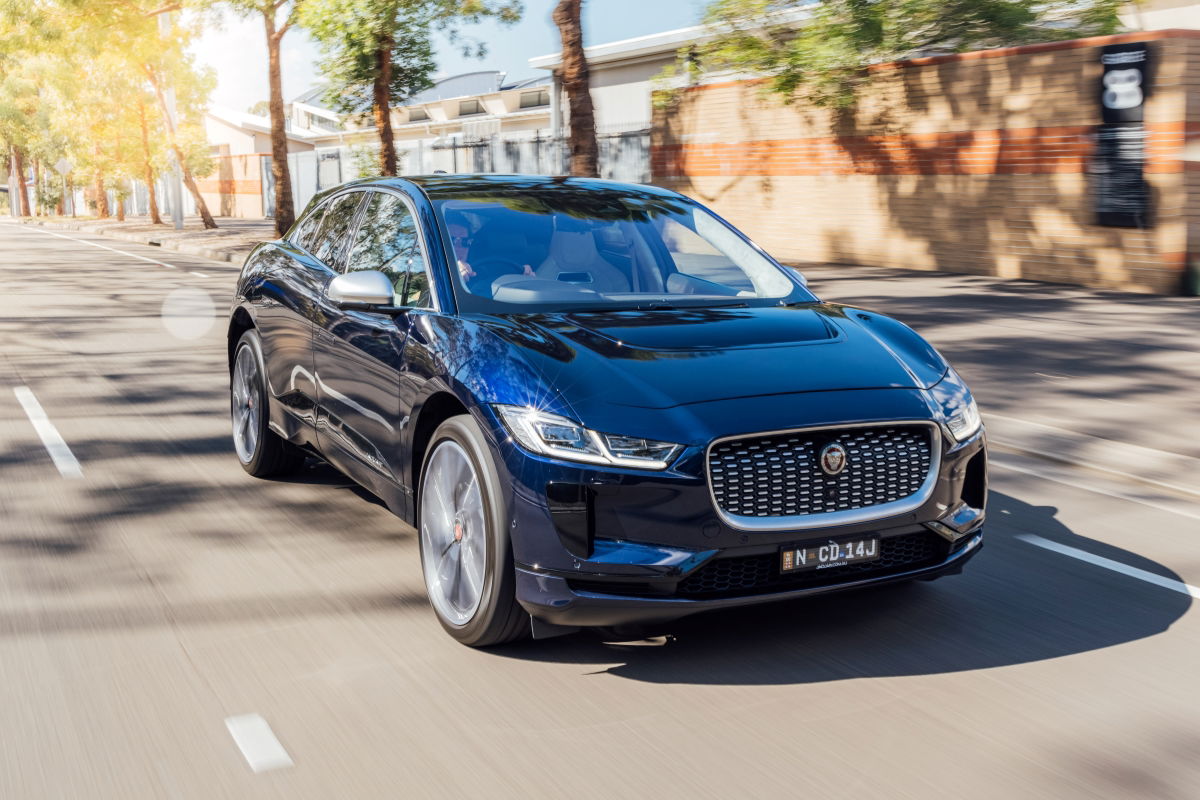
Quite well. It’s obviously heavy and high-riding, and feels taut in its suspension without being too firm. Jaguar has done a great job with the ride and handling balance of the I-Pace, and also the brake pedal feel – not that you need to experience it much, if you set-up your I-Pace in ‘one-pedal’ regeneration mode.
There’s plenty of instant electric grunt, even if it’s hardly doing any audible grunting. You can select some artificial noise but it’s very much on the polite side by the standards of other EVs. On the whole, however, the I-Pace is just a smooth, fast, reasonably well-riding electric car to drive everyday – and a very pleasant one at that.
Where would you most like to drive it?
A busy urban place. Nobody looks at Teslas anymore as they’re a dime a dozen, but you get plenty of stares in the I-Pace.
What’s the interior like?
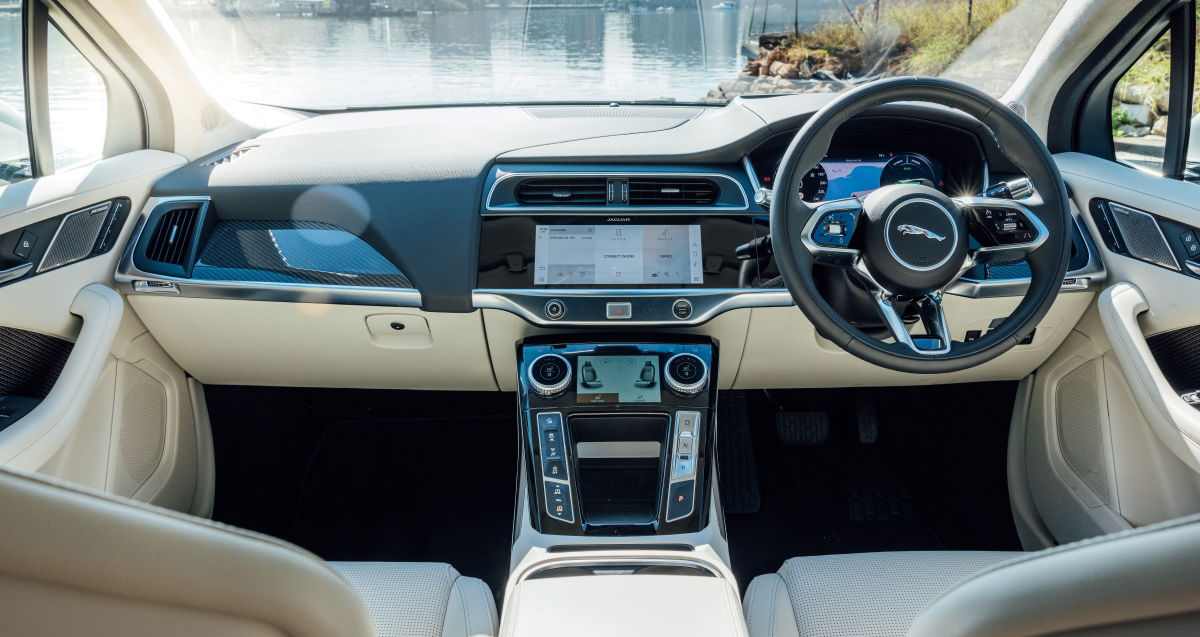
It’s luxe – and quite spacious for the size of vehicle, owing to some clever packaging. There’s a strong smell of leather like you’ve wandered into a Gucci store, while the build quality feels rock-solid. (The I-Pace is made in Austria by third party manufacturer Magna Steyr, which has a very good reputation for building cars.)
The 10-inch centre screen does feel a bit on the small side in an era where interior designers are trying their best to squeeze in flat-screen-TV-sized infotainment displays, but equally there’s a charm about it. It doesn’t need to be any larger, really. Below it also sits a 5.5-inch touchscreen for HVAC controls but luckily there are still physical hard dials for the temperature.
How much does the Jaguar I-Pace cost?
Without any options whatsoever – or on-road costs – this one is $164,275. Add the same options of our test car, and you’re looking at closer to $183,815. Not a small amount of money, then. (The paint job alone is a $9050 option, or $10,540 with also the contrasting black roof.)
Would I buy one?
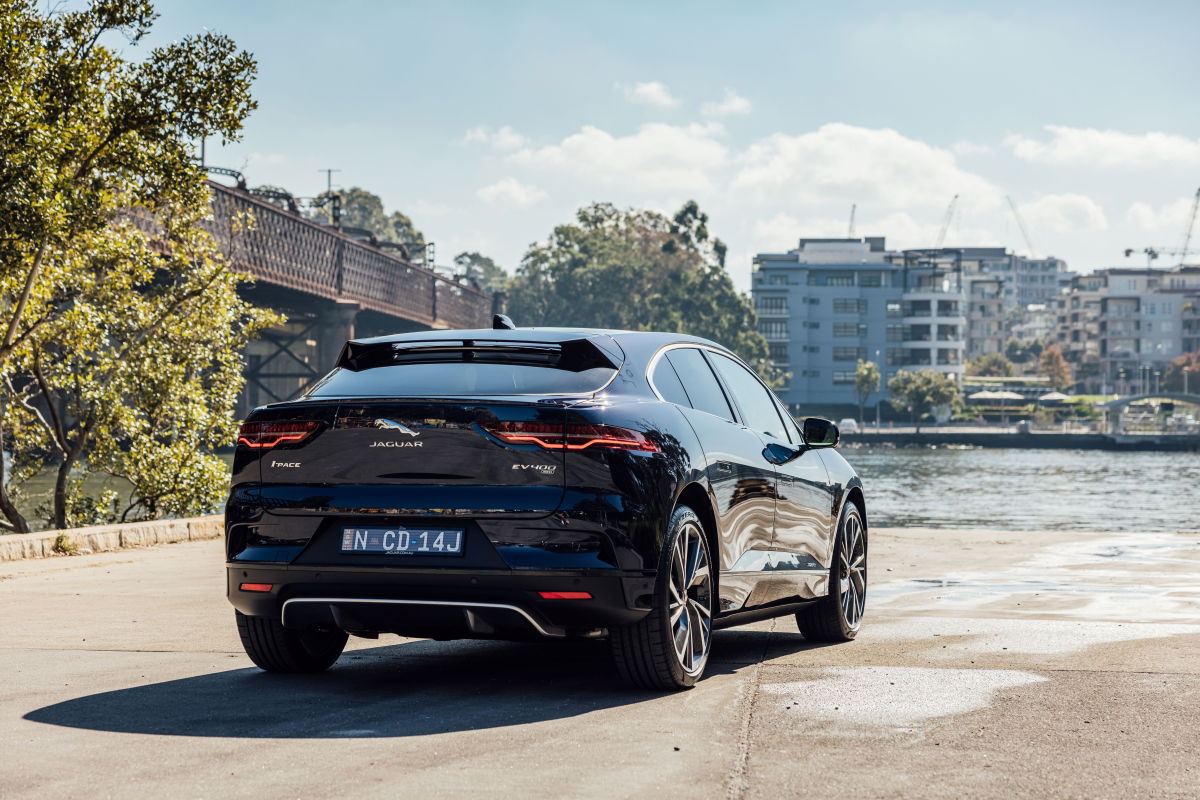
Even in 2024, the I-Pace makes a compelling case for itself – if for no other reason than there’s a degree of unintended exclusivity about it (sales have been… slow). We love it just the same as we love other brave cars such as the BMW i3 and Audi A2. If we were fabulously wealthy and wanted something quirky and cool – and electric – we would buy one.
Alas, we inhabit the real world, and the I-Pace is just too expensive – and its paltry 400km range is nothing amazing. We’d lose too much sleep wondering how much it’s depreciating with each passing day, much as we’d enjoy those days behind its wheel.



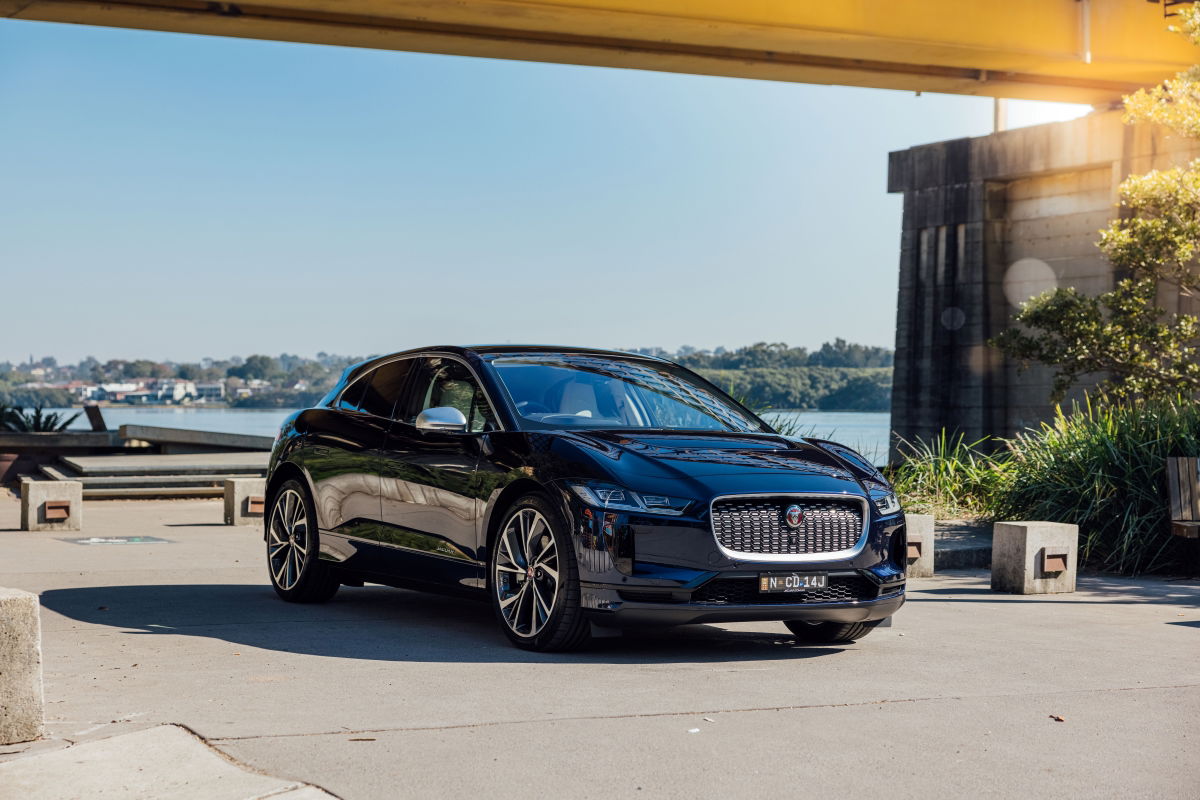








Discussion about this post